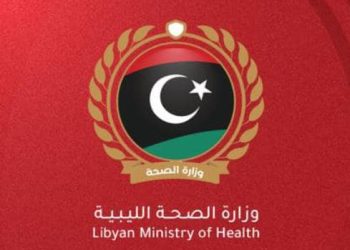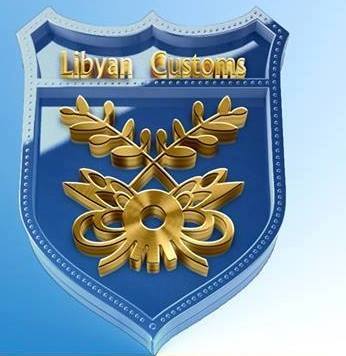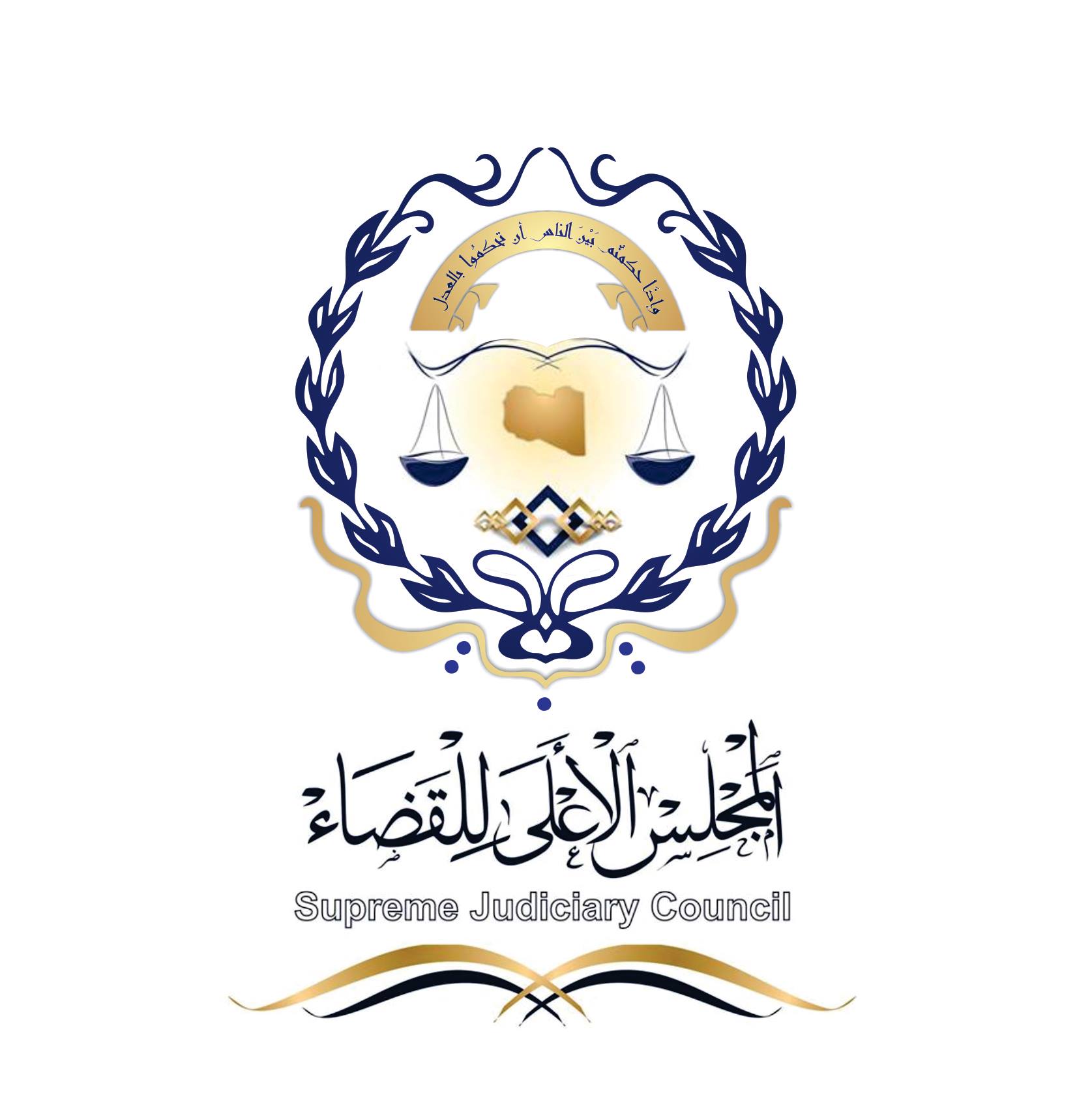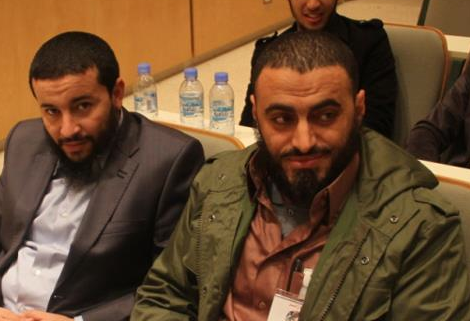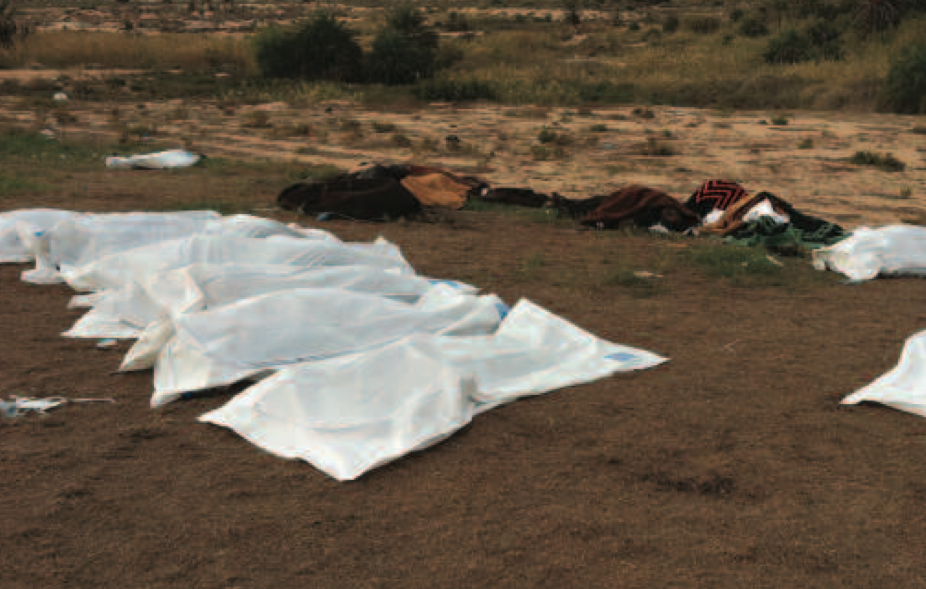
Tripoli, 17 October:
New evidence collected by Human Rights Watch implicates Misrata-based militias in the apparent execution of dozens of detainees following the capture and death of Muammar Qaddafi one year ago, the campaigning NGO has claimed in a report released today
The Libyan authorities have failed to carry out their pledge to investigate the death of Qaddafi, Libya former dictator, his son Mutassim, and dozens of others in rebel custody, HRW said.
The 50-page report, “Death of a Dictator: Bloody Vengeance in Sirte,” details the final hours of Muammar Qaddafi’s life and the circumstances under which he was killed. It presents evidence that Misrata-based militias captured and disarmed members of the Qaddafi convoy and, after bringing them under their total control, subjected them to brutal beatings.
They then executed at least 66 captured members of the convoy at the nearby Mahari Hotel. The evidence indicates that opposition militias took Qaddafi’s wounded son Mutassim from Sirte to Misrata and killed him there.
“The evidence suggests that opposition militias summarily executed at least 66 captured members of Gaddafi’s convoy in Sirte,” said Peter Bouckaert, emergencies director at HRW.
“It also looks as if they took Mutassim Qaddafi, who had been wounded, to Misrata and killed him there. Our findings call into question the assertion by Libyan authorities that Muammar Gaddafi was killed in crossfire, and not after his capture.”
Amongst the new evidence is a mobile phone video clip filmed by opposition militia members that shows a large group of captured convoy members in detention, being cursed at and abused.
HRW says that it used hospital morgue photos to establish that at least 17 of the detainees visible in the phone video were later executed at the Mahari Hotel.
Under the laws of war, the killing of captured combatants is a war crime, and Libyan civilian and military authorities have an obligation to investigate war crimes and other violations of international humanitarian law.
An HRW research team was nearby when Qaddafi’s convoy engaged in its final battle with opposition forces, on 20 October 20 2011. Following the battle, the research team visited the site and found more than 100 bodies, most killed in combat.
Two days later, the research team says it found the decomposing remains of at least 53 people at the nearby Mahari Hotel, some with their hands still bound behind their backs. Volunteer workers at the scene told HRW that relatives of some additional dead had recovered their bodies prior to the team’s visit.
To document fully what had occurred on 20 October, HRW interviewed officers in opposition militias who were at the scene, as well as surviving members of the Qaddafi convoy at the hospital, in custody, and in private homes.
HRW also reviewed a large number of video recordings made by opposition forces on their cell phones, some of which show captured detainees at the site of the final battle. Using Sirte hospital morgue records, the researchers were able to establish the identities of 17 people last seen alive in custody whose bodies were recovered at the Mahari hotel.
Among those executed was Ahmed Ali Yusuf al-Ghariyani, 29, a navy recruit originally from Tawergha. In a phone video that is believed to show him in captivity after the battle, militia forces beat, kick and throw shoes at him, and taunt him about being from Tawergha, a town widely regarding as being loyal to Qaddafi and accused of committing a range of atrocities against Misrata during the revolution.
Al-Ghariyani’s body was later found at the Mahari hotel, and was photographed by hospital staff and buried as unidentified body number 86. He was later identified by family members from the photographs taken by the hospital staff.
These killings constitute the largest documented execution of detainees by anti-Gaddafi forces during the eight-month conflict in Libya, HRW said.??A review of the available evidence regarding the deaths of Muammar and Mutassim Qaddafi calls into question the official account by the Libyan authorities, who claim that the two, as well as all others who perished at the scene, died during fierce crossfire.
Video footage shows that Muammar Qaddafi was captured alive but bleeding heavily from a head wound, believed to have been caused by shrapnel from a grenade thrown by his own guards that exploded in their midst, killing his defence minister, Abu Bakr Younis.
In the footage, Qaddafi is severely beaten by opposition forces and stabbed with a bayonet in his buttocks, causing more injuries and bleeding. By the time he is filmed being loaded into an ambulance half-naked, he appears lifeless.
According to the evidence collected by HRW, Mutassim Qaddafi was also captured alive at the scene of the battle, trying to break out of the siege by opposition forces.
He was wounded and then filmed being transported by members of a Misrata-based opposition militia to Misrata, where he was again filmed in a room, smoking cigarettes and drinking water while engaged in a hostile conversation with his capturers.
By the evening, his dead body, with a new wound on his throat that was not visible in the prior video footage, was being publicly displayed in Misrata.
“In case after case we investigated, the individuals had been videotaped alive by the opposition fighters who held them, and then found dead hours later,” Bouckaert said.
“Our strongest evidence for these executions comes from the footage filmed by the opposition forces, and the physical evidence at the Mahari Hotel, where the 66 bodies were found.”
HRW met with Libyan transitional officials immediately after the killings to inform them of the findings, and the group has repeatedly met and written to Libyan officials to urge a full investigation and accountability for these crimes.
Despite initial pledges by top Libyan officials that the events would be investigated, HRW says it has not seen any evidence that any actual inquiry is under way or has been carried out.
The International Criminal Court was given jurisdiction by the United Nations Security Council to investigate and prosecute war crimes committed by all sides in Libya after February 15, 2011, if the Libyan authorities are not able or willing to investigate or prosecute.
“One of Libya’s greatest challenges is to bring its well-armed militias under control and end their abuses,” Bouckaert said. “A good first step would be to investigate the mass executions of 20 October 20 2011, the most serious abuse by opposition forces documented so far.” [/restrict]

